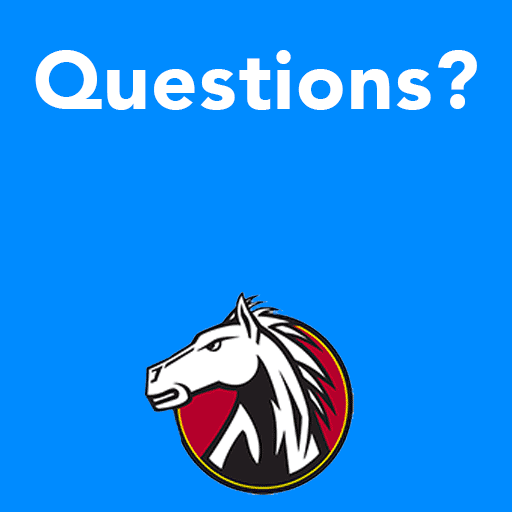We are sorry you didn't find it!
Please use our A-Z index, FAQ, or chat to help you find what you need.
If you clicked a link from some other page or website that lead you here please let us know so we can fix it and help you find what what you need!
We want to fix our website so please tell us what page had a bad link and we will try and get back to you with the information you really wanted.

